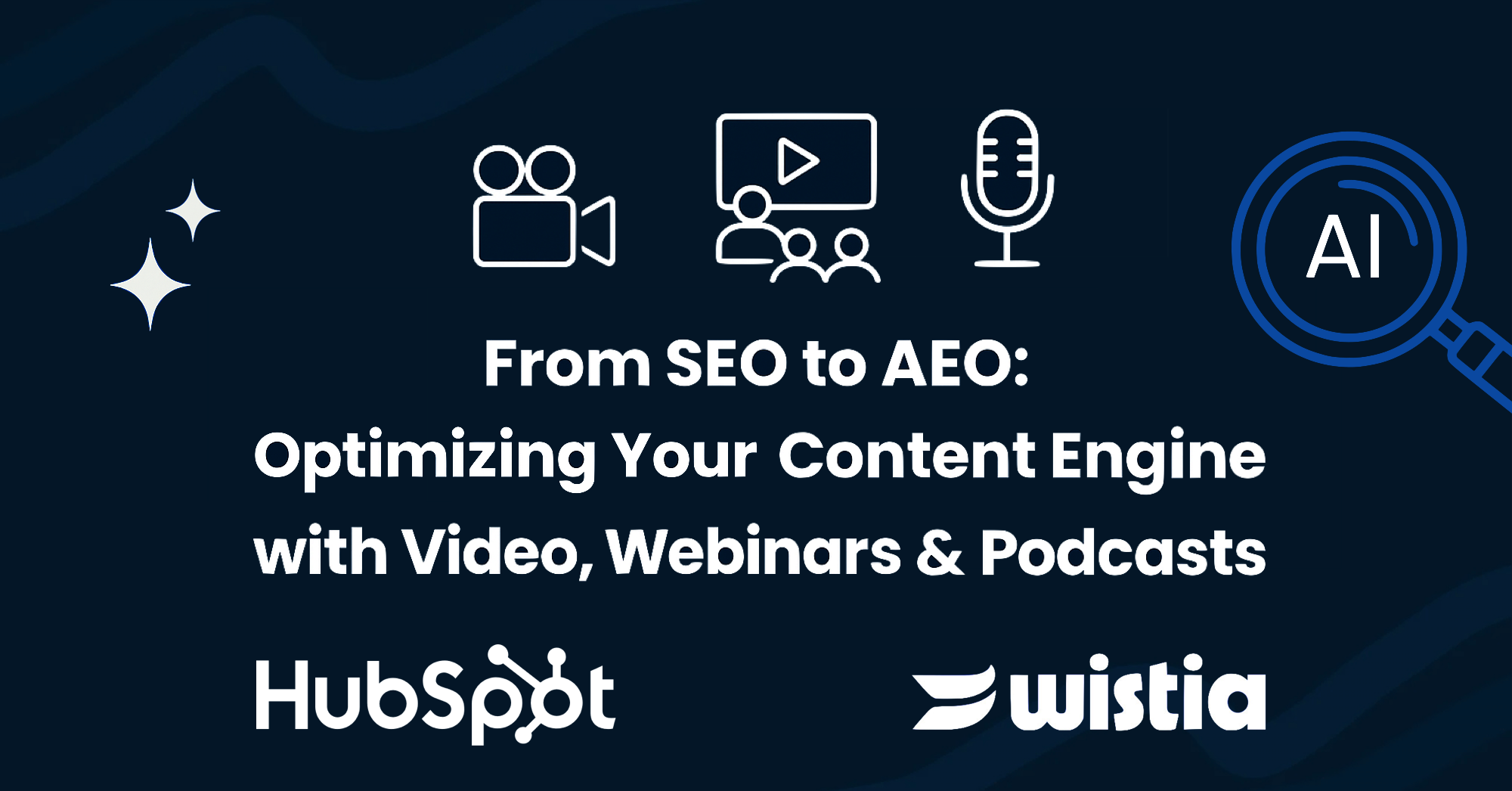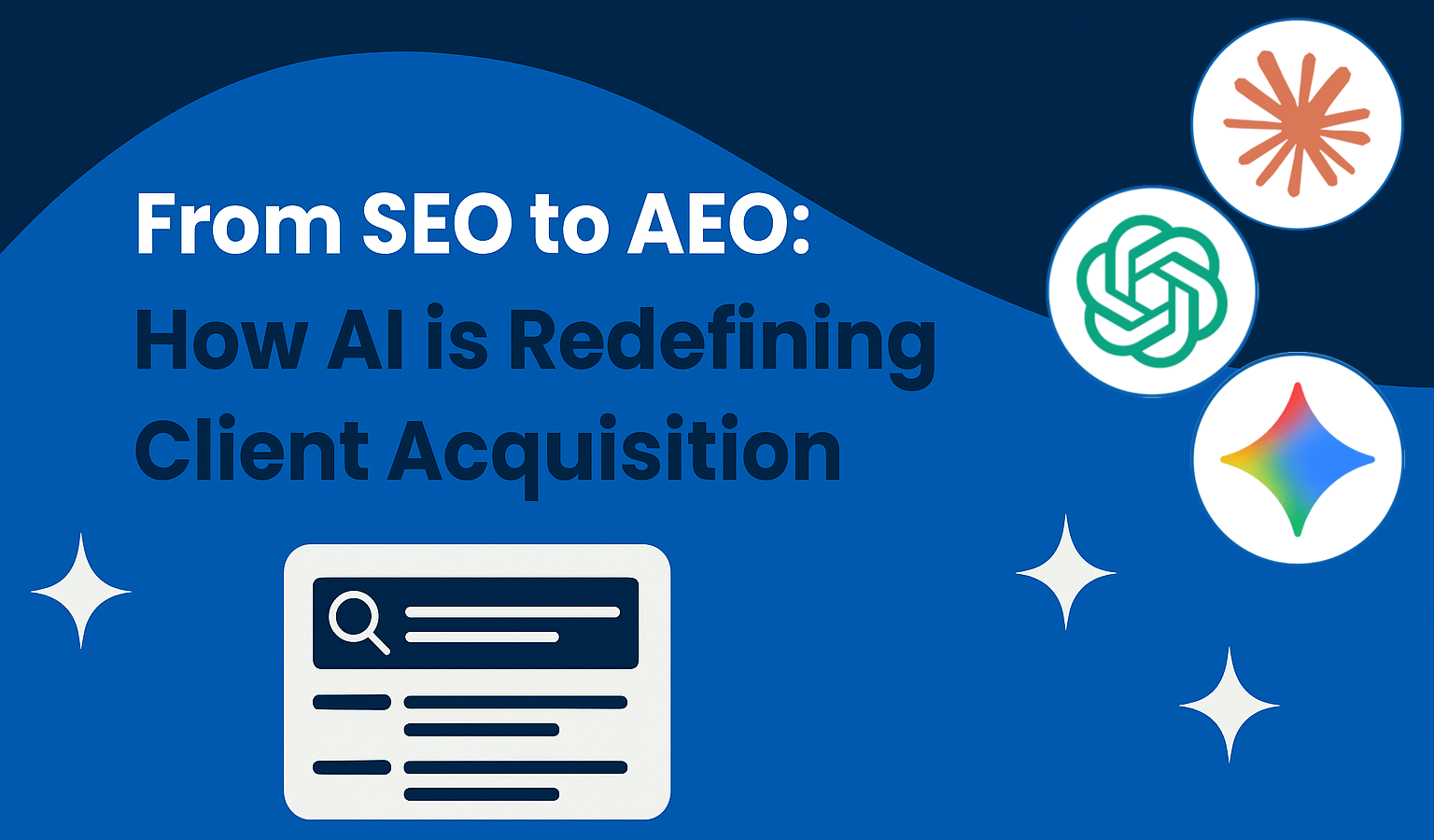Customizing your website is a way to increase lead generation, traffic, customers, and even sales. But how would you go about doing that? Contextual marketing provides an innovative way to customize the content that a viewer sees. It adjusts the webpage content, ads, dynamic calls to action (CTAs), etc. based on the user visiting your website.
Related Blog: 5 Tips on Building Your Customer Referral Program
First time visitors will see one thing and returning visitors may see another. But it doesn’t stop there. Contextual marketing will also tailor the web page changes to the user and their experience, interests, etc.
HubSpot Smart content stores user/customer information and adjusts the dynamic text content, ads, dynamic CTAs, etc. to the user, based on what information they have provided and gathered by the system. Information can include location, device, referral source, name (if they filled out a form), or any other relevant pieces of information. Aside from customer details, contextual marketing can utilize the current time of day, the weather, etc. It can change a form based on who is viewing it and when. For that, contextual marketing creates personalized buttons, form questions, options, etc. You can also customize content by language, region, or buyer persona.
HubSpot looked at their data for more than 93,000 Smart content CTAs with hundreds of millions in traffic and they had over 42% more submissions than CTAs with standard content.
People have become accustomed to personalization tokens, whether it is through emails, shopping sites, or advertising efforts. Amazon offers relevant product suggestions to a viewer who recently ordered a particular item. News websites customize what the viewer sees based on what they have viewed, bookmarked, liked, shared, etc. Contextual marketing really is a great concept, but you must have effective software capable of collecting information and it must be able to choose what to display.
Contextual marketing can be used for websites, mobile apps, social media, emails, and more. For every marketing avenue just mentioned, content can be tailored to keep the viewer interested and wanting to come back for more.
Important Contextual Marketing Notes
While contextual marketing improves the user’s experience and optimizes the information they see to suit their persona, there are some things to consider:
1. Never use contextual marketing for blogs--Keep blog content consistent for SEO
2. When optimizing content on a web page for SEO purposes, only the default content is indexed in Google. Therefore, focus on optimizing the default.
3. When using contextual marketing for emails, it is important to have a system good enough to know what to send, when to send it, and who to send it to. Delivering personalized emails should include the person’s name and have information they are interested in. Your system should have directories, such as new clients, opportunities, loyal customers, subscribers, etc. to help with the organizational aspect of contextual marketing. While it is important to include contextual marketing practices when possible, you always want to keep user experience in mind. If you include a personalization token too early on in the Buyer's Journey, this could come off as intrusive and lose its beneficial flare.


-1-1.png)


